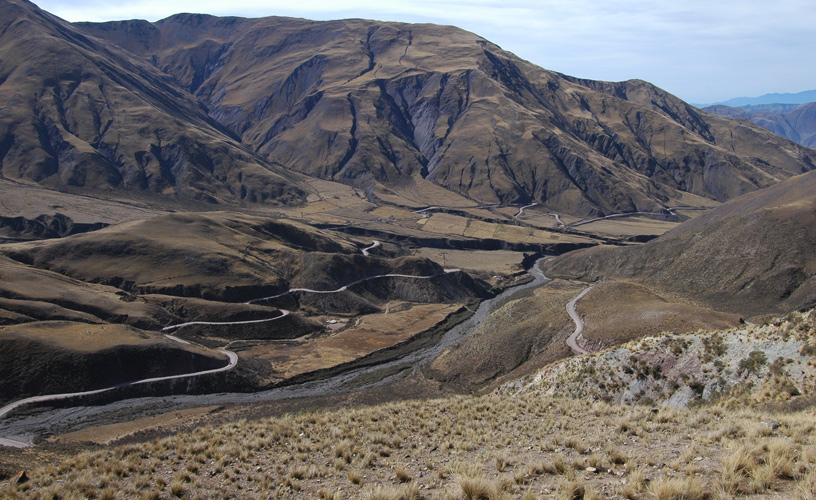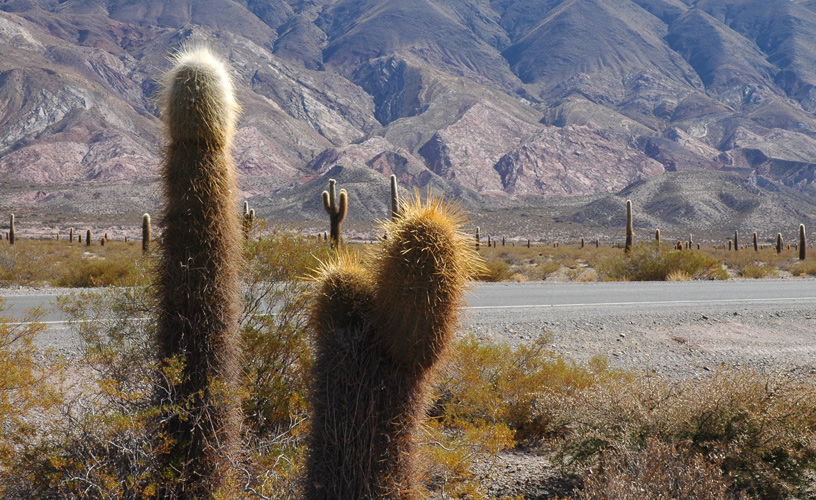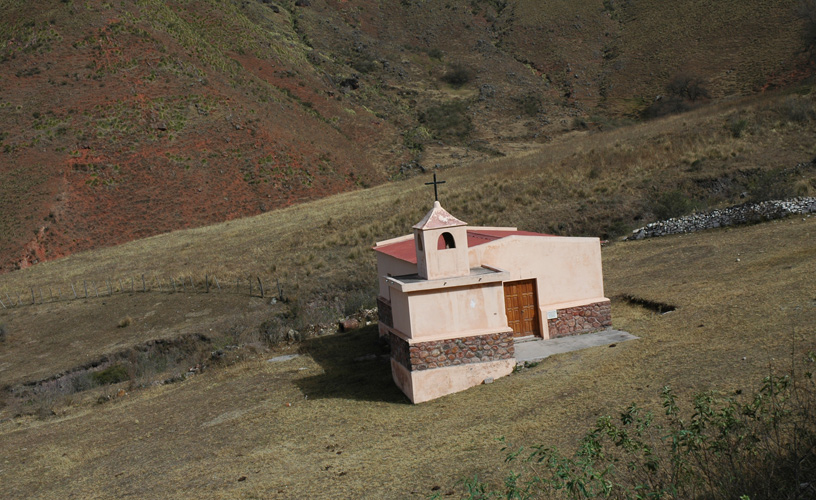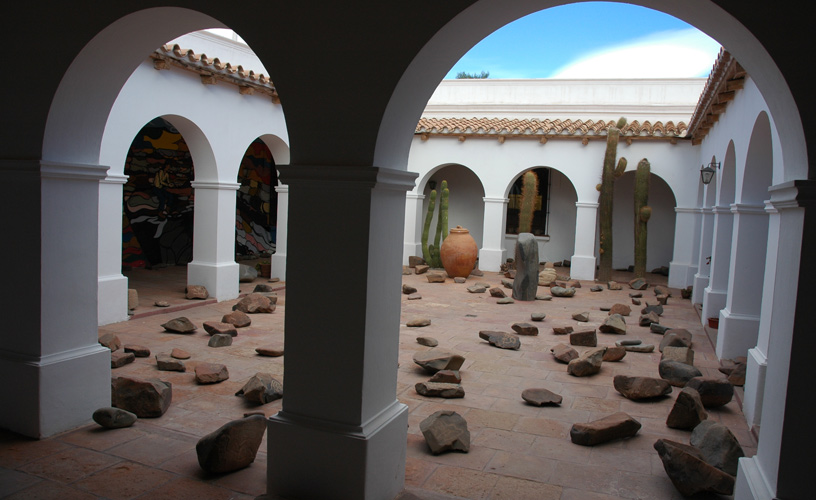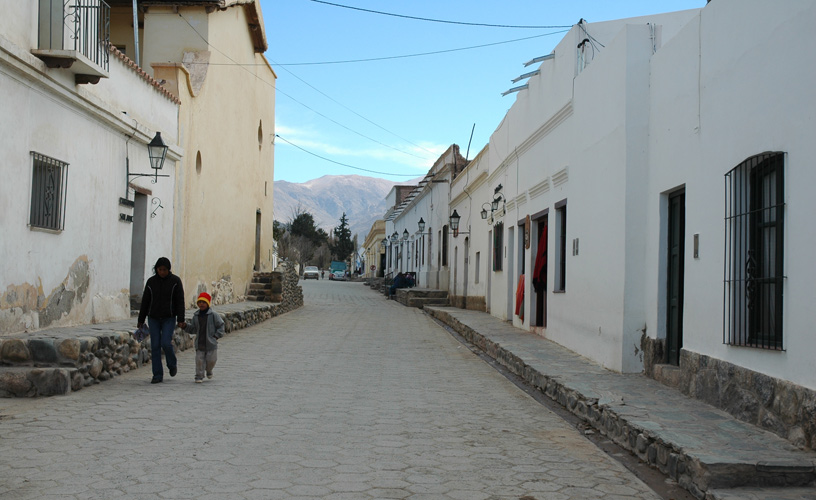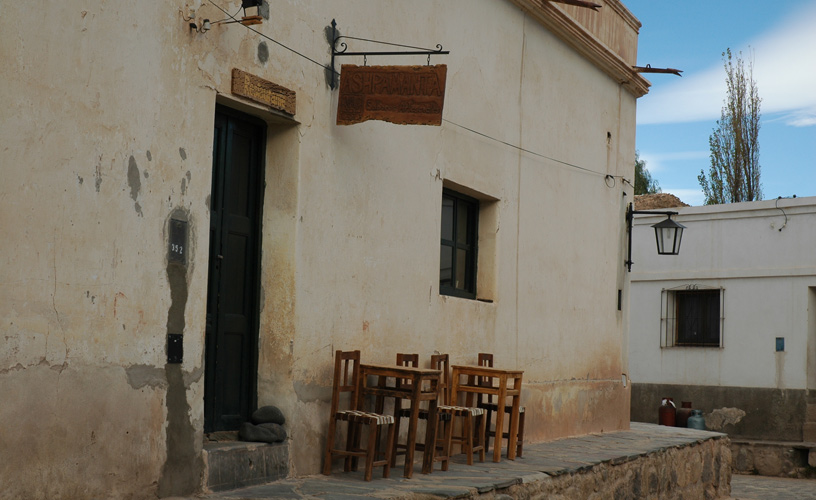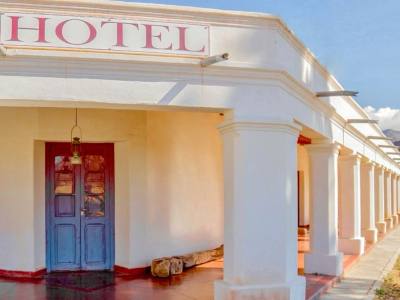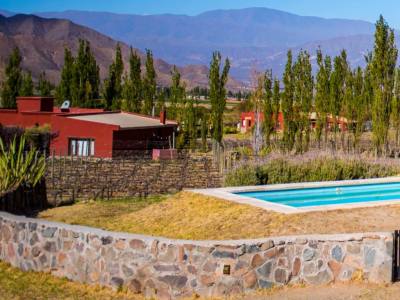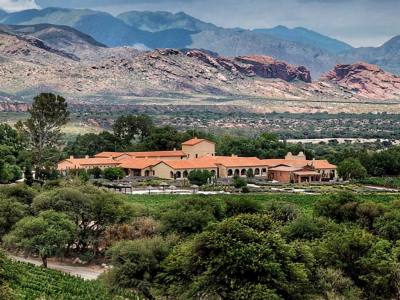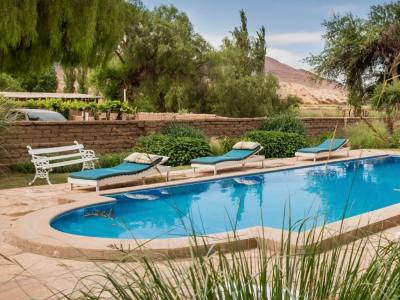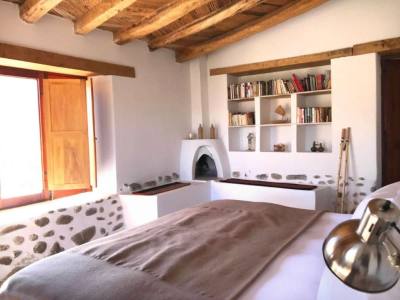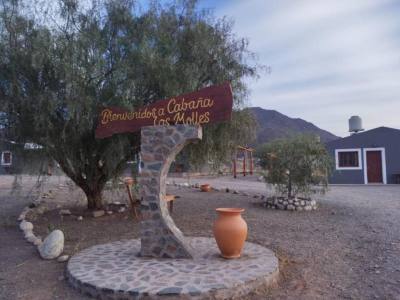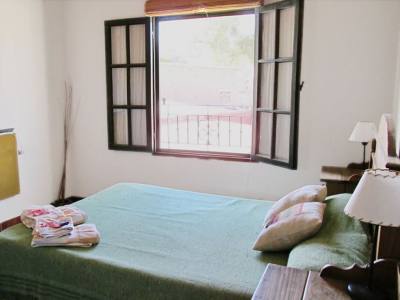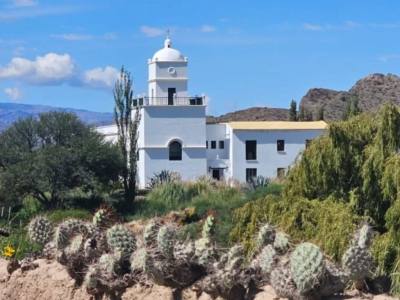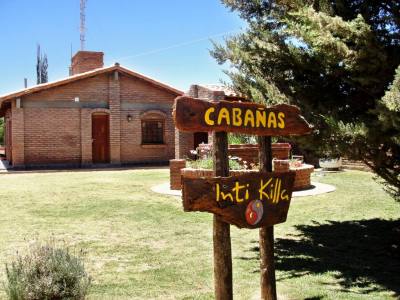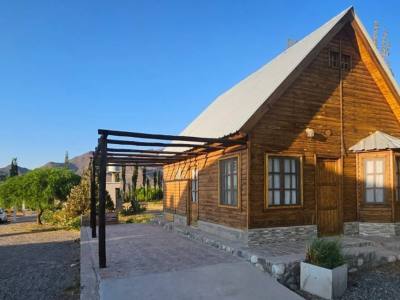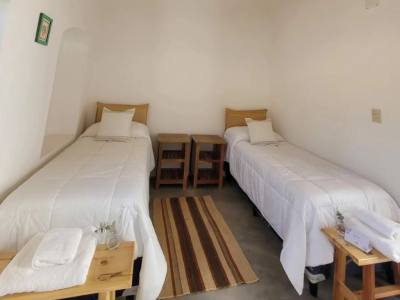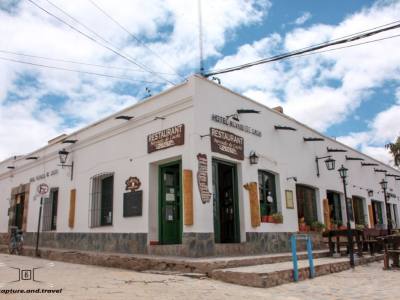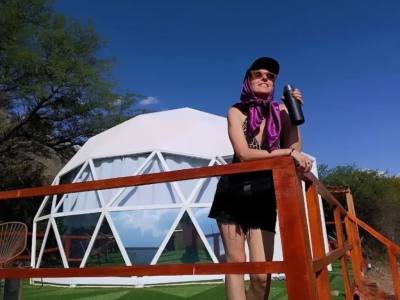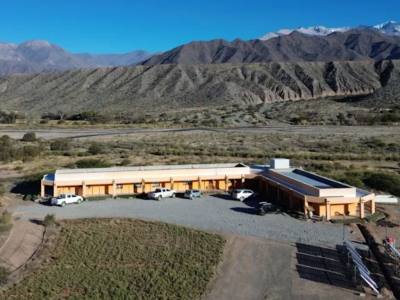Some trips are a must. Salta, the Obispo slope, the Tin Tin straight line and the small white village of Cachi are one of them. A tour to have a second look.
From Salta, take Route 68 towards the South of the province, up to the district of El Carril. A few meters away, Provincial Route 33 leads to the Escoipe Slope, a marvelous place where one of the most picturesque circuits of the Argentinian North begins.
Here, the road goes through an area of rainforest vegetation, where the ferns rule over the river that gives origin to the Escoipe Slope and which, with the increase of its volume and its draught periods, has watched over these nooks for millions of years.
Towards the Obispo Slope
Little by little, and after travelling almost 80 kilometers, the road starts to change. Aridness invades the rainforest vegetation and we slowly begin to gain height, going from 1,000 meters up to almost 2,000 meters above sea level.
The cuesta del Obispo (Bishop’s Slope), as shown in the maps, is a real paradise where the work of man opening new ways can be appreciated.
Such turns on the road, curls, bends and loops, necessary to climb up the mountain, may be spectacularly spotted at Piedra del Molino, a site located 3,620 meters above sea level, which displays a unique panoramic view.
The mountains get tinges of green, brown and grey and slowly start to show the aridness of the puna, which will be present in the next few kilometers. The cacti, or cardones, which had not been noticed so far, have began to apear before our sight.
The Famous Tin Tin Straight Line
This is a perfectly straight line that crosses Los Cardones National Park and, according to historiographical studies, it was built by the natives and used to cross the cacti desert for centuries.
Now, the road has become dull and paved. It displays green and yellow thistle silhouettes on both sides. Their thorns make them look like natural sentries.
The famous straight line, laid out 3,000 meters above sea level, is named after a small hill located on its left border (Mount Tin Tin). Mount Negro lies to the right of the route.
The cardones are typical symbols of the Argentinian Northwest. They are high and thorny and they stand on the hillsides representing a permanent fresh water deposit and food for the local fauna and the dwellers of the mountains.
The Tin Tin Straitght line also enables visitors to watch dozens of endangered animal species. Some of them are the vicuña and the huemul -or small northern deer-, as well as the large condors that fly over the area, waiting for the appropriate moment to touch down for food.
After about 20 kilometers, the road leads us to the small and white town of Cachi, a place where the clock seems to have stopped who knows for how long.
Cachi, Lonely and White
Cachi was built before the Spanish domination and used to be dwelled by the Chicoanas.
Today, its buildings rise between the Cachi and the Calchaquí Rivers, and its blocks unveil traces from the past.
Most of them are treasured in its picturesque parrish church from the XVIII century, in its Anthropological Museum and in the beautiful Pio Pablo Díaz Archeology Museum, where objects used by ancient men, as well as old fish and enormous dinosaur fossils, may be observed.
In Cachi, serveral annual festivals are celebrated: the Calchaquí Tradition Festival, the Song Festival, the San José Festival -quite popular because dead cardones are burnt during the celebrations- and the pilgrimage to the hill of the Virgin Queen of Heaven. Other events summoning the dwellers of Salta every year are the Calchaquí Valley Craftsmen Meeting and the Vallista food contest.
Leaving Cachi, it is possible to continue up to beautiful Cafayate, traveling one of the most picturesque and mystic roads in our country: famous Route 40, which joins the district of La Quiaca, in the North, and Ushuaia, on the Southern End of Argentina, which many people consider the spinal cord of the republic.
Route 40, Destination Cafayate
The first town on the tour is Payogasta, a small settlement of Indian origin surrounded by hills and mountains upholstered with cardones displaying all shades of green.
Seclantás is the next town. It became famous as a result of its handmade ponchos and its looms.
Molinos, maybe the most popular of these small villages, was founded in the mid XVII century. It has similar characteristics to those present in the buildings from those days: adobe houses and galleries. The classical city tour includes beautiful estates and, as in all northern villages, a church and a square.
Angastaco is the town which best represents the Las Flechas Ravine. It has a beautiful regional museum as well as some lodges that turn this place into an ideal spot to spend the night.
As we drive on, San Carlos emerges before us. As we border the legendary Las Flechas River, we make out an ancient settlement of old colonial buildings where the Spanish influence has managed to highlight the main square and the church, as usual.
Animaná, San Antonio and Yacochuya lie a few kilometers from Cafayate. There, we can watch cave paintings, vineyards and wonderful sceneries that prepare our sight as we approach paradise: Cafayate.
Cafayate is not just another spot. Its kilometers of endless colors and shapes are a prize for this marvelous trip that began in Salta, crossed the rainforest, continued across the puna and the pre-Andean Mountain Range and then finally took us to a beautiful sandy valley where the vines, the wind and its people are the great protagonists. And where after such expertise and distance, it is essential to raise our glasses of local torrontés wine or champagne and make a toast to the arduous road we have traveled.
Cheers…!
Pablo Etchevers
Jorge González
